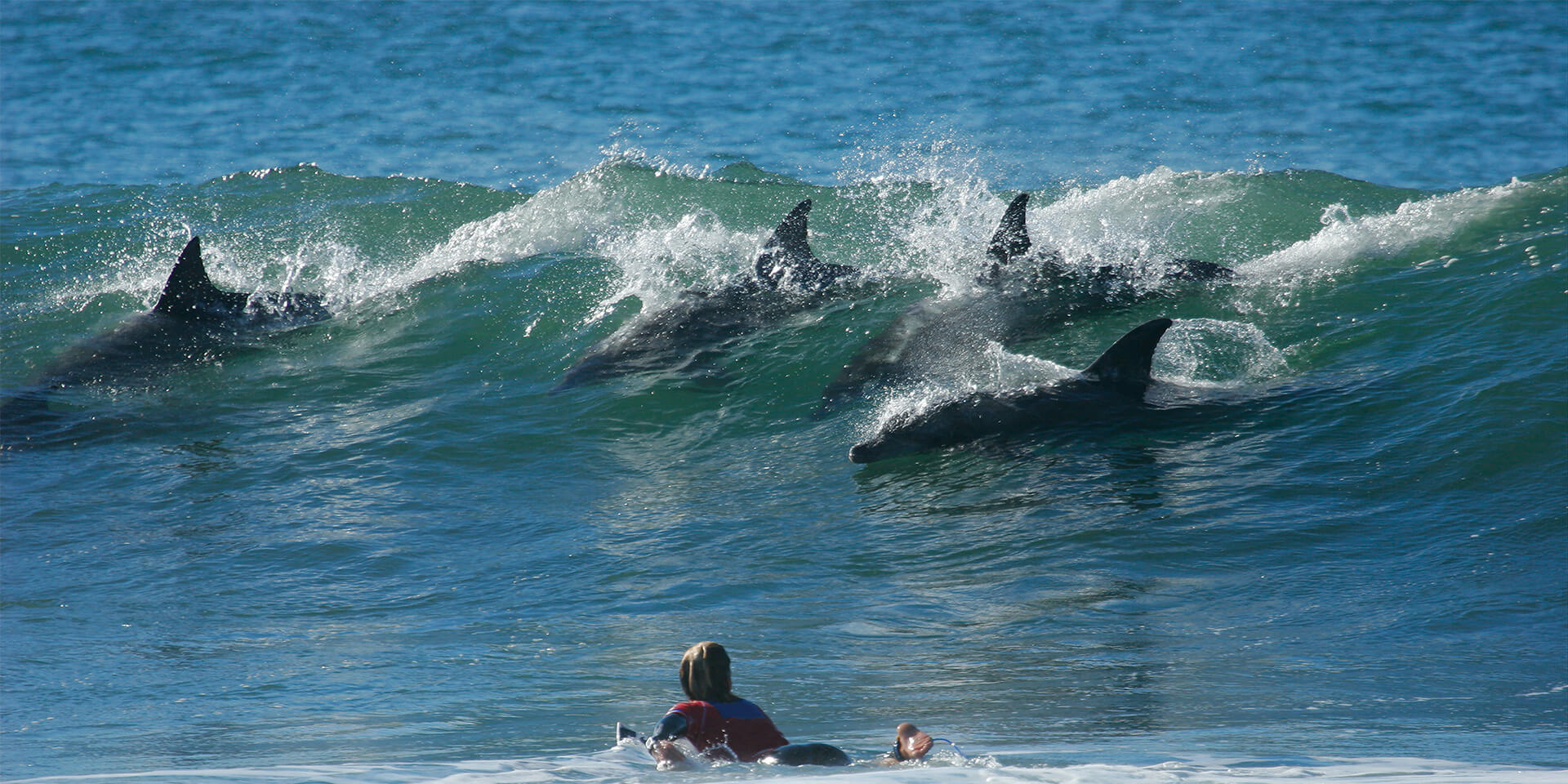Quantifying humpback whale health across Hawaii and Southeast Alaska in the face of climate change
Bejder, L.
University of Hawai’i Manoa
Between 2013 and 2019, marked declines in humpback whale (HBW) abundance and reproductive success were documented throughout the North Pacific. These declines coincided with a trifecta of climatic events, including the longest lasting marine heatwave globally exacerbated by strong El Niño and positive Pacific Decadal Oscillation phases. These events were responsible for abundance declines across entire trophic chains, including important HBW forage species such as Pacific herring and krill. This project aims to improve our understanding of HBW population health (i.e. body condition) via Unoccupied Aerial Systems (UAS; drone)-photogrammetry of the Hawaii Distinct Population Segment of HBWs. Maintaining this large-scale, longitudinal effort is critical to elucidate effects of climate change on marine ecosystems, with emphasis placed on quantifying intra- and inter-annual variability on whale health. Findings will inform decision- and policy makers on the effects of climate change on whale populations and ecosystem health.
